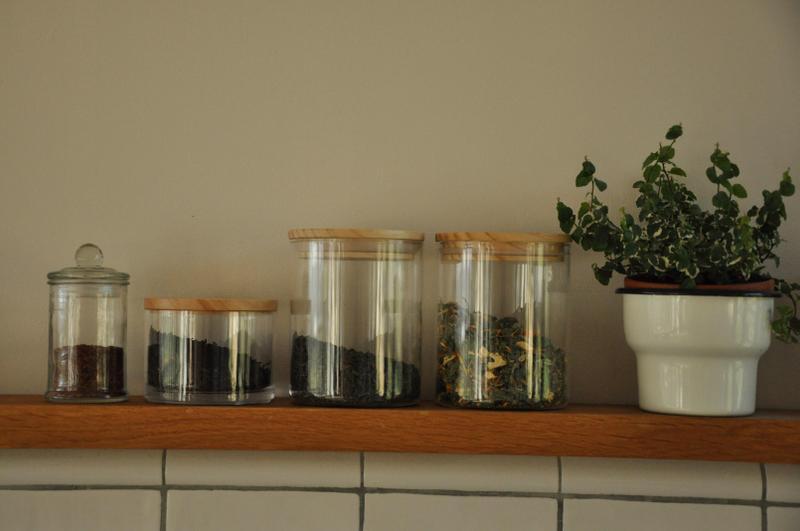Mindful Eating and Drinking
Mindful Eating and Drinking
It might sound too simple to be true, but having a cup of tea can make you more mindful. Ever heard of a tea meditation? And what’s the point, you ask?
We live in a fast paced world, everything we do, we do on the go, we rush through life and never take the time to slow down. But preparing and drinking tea mindfully can help you to slow down and finally enjoy life.
Slowing down with a cup of tea:
1. Try to do each step, from preparing your tea, to sitting down, to drinking your tea, to finishing, and cleaning up, mindfully. Whatever tea you drink, do so with a complete awareness of the present moment. Be like a kid - they live in the present moment all the time, get lost for a while.
2. Once your tea is made, find a nice quiet place for you to sit and drink it. When kids are around, step outside if you can, or explain them , that you need a quiet minute just for yourself. Then sip the tea, notice the aroma, admire the look and color of the tea. Imagine the wind that gently caressed the tea leaf while growing far away.
3. Give thanks. Giving thanks should not be a practice we follow only on Thanksgiving. Imagine that some people don’t have clean water, so be thankful that you are so privileged to drink a cup of delicious tea.
This awareness practice can be used with food as well and is called mindful eating. Mindful eating, or whole body eating, is a simple practice of eating with awareness. It can be done each day regardless of the diet you follow. With five simple steps you can change from a stressed eater to a mindful eater and avoid some common issues such as bloating.
Mindful Eating and Drinking - a few steps to a better health
Step 1: Make a conscious choice to eat: Are you really hungry or rather bored? Will food satisfy your hunger or would it be better to simply step outside to breathe some fresh air?
Step 2: Ask your body what it wants: Before you reach for any food, take a few deep breaths and ask your body what it really craves. Maybe you are only thirsty? Or a warm soup would do? And yes, there are times when only a slice of a chocolate cake will do.
Step 3: Eat with awareness: maybe the most important of all steps. Instead of shoveling the food in your mouth, taste it, savor it, pay attention to it, see how it makes your body feel. The French have a wonderful name for people who savor their food: ‘gourmand’. Be a gourmand and fully ‘experience’ the food. Without fully experiencing the food, our body might feel undernourished, and even after a full meal, we might still be hungry.
Step 4: Listen for feedback: Sit quietly after your meal for a few minutes (or hours when you live in France, ha ha). Take a few deep breaths. Did the food satisfy you? Do you feel satisfied or sluggish?
Step 5: Release the meal: Once you have finished eating, let it go. Forget about it for a while. Don’t obsess if the meal wasn’t healthy or it did not match your diet.
Be the first to post a message!
